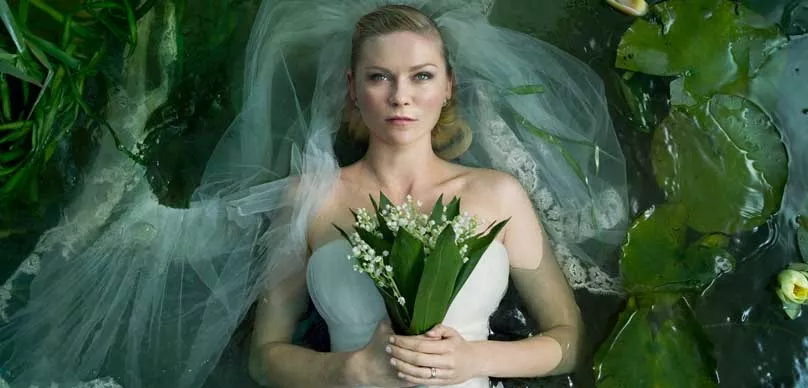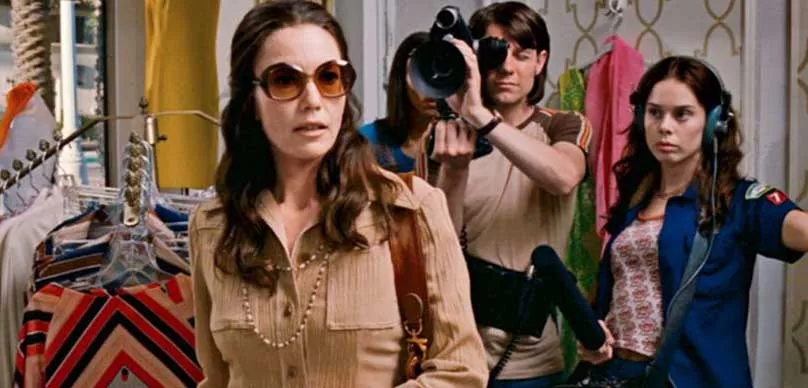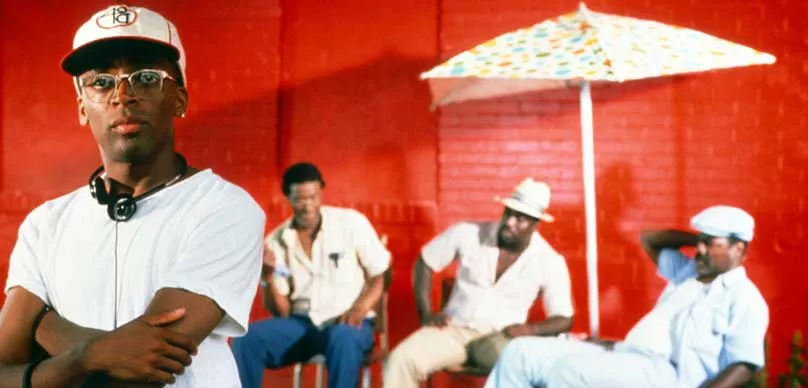The core of what filmmaking is that it has always been there to entertain people with different audio and visual sources along with some cinematic techniques and professionals. This entertainment has been evolved from different phases and now it is revolutionized to a completely new picture of streaming, television, and film industry.
There was a time when people watch silent and unvoiced, dialogue fewer movies; then comes an era where there were black and white movies. And now we all watch colorful movies with songs and visual effects, even 3D, animated movies and the future VR (virtual reality) projects are also been made nowadays.
The Independents
Apart from films, which are made nowadays on highly based techniques and modern resources, there are some other kinds of films do exist too. These are independent or indie films which do not need any specific studio to produce the movie, they really don’t care or are concerned with tentpoles, or mega budget studio films. They want the control to tell their own story.
Indie films have more of a clear voice from the filmmaker. There’s no interference for studio executives or higher ups, the filmmaker’s vision is what’s up on the screen. These films tend to be more naturalistic, from dialogues to gestures and even seem a bit rawer than your regular and polished studio films.
Indie films are not trying to reach the widest audience they can, they live in the niche. Because these films are realistic and tell more intimate and personal stories, they don’t hire actors rather they work with real common people to deliver undecided dialogues (improv), so as to give natural performances. These films are mostly shot on locations and not on a studio back lot.
What is Mumblecore?
Enter Mumblecore
So what if you as a filmmaker had no money, didn’t know any professional actors, and only wanted to tell the story you wanted to tell, the film movement would be looking for is Mumblecore.
The term Mumblecore is used for a special type of film that is different from usual big-budget studio feature films. These films are basically a niche genre of independent films.
The Mumblecore films are shot with fairly raw, natural acting and usually non-scripted dialogues or improv. They’re stories about real life, about personal relationships and non-mainstream topics, most commonly of adult beings in their 20s, 30s, and 40s.
Mumblecore films are extremely low budget as well (usually thousand to if you’re lucky a few million dollars) and are quite different from normal studio movies in many aspects.
Mumblecore films are often shot on a very low budget, with an extremely low budget, but they don’t have the same requirements as a big budget movie.
- Some of the key points of the Mumblecore genre are:
- Very low budget (sometimes even free or near-free)
- Very short shooting time (usually 1–2 days for each shoot)
- Non-scripted dialogues or improv
- No professional actors
- Filmmakers who are not professional filmmakers or those who have no experience
- Usually non-mainstream topics, such as sex, drugs, alcohol, etc.
Mumblecore is a subgenre of indie film. The definition of Mumblecore varies from person to person. Some people say it’s only about non-scripted dialogues and improvisation, while others include more than just that.
In some ways, Mumblecore is like the new wave of the old indie films, which are usually shot in the US and Europe. It has become the new indie film movement.
History of the Mumblecore Movement
Andrew Bujalski was considered to be the creator of Mumblecore, as he directed the first-ever Mumblecore film titled as Funny Ha Ha in 2002. Later on, a lot of similarly themed movies began to be made which were then presented in film festivals to gain popularity and appreciation, because it was harder to get a wide release in theaters based on the personal types of stories and lack of movie star power.
The 2005 South by Southwest Film Festival screened many Mumblecore movies for the first time and at the very same festival, the term Mumblecore was given to these featured films.
The term Mumblecore was coined by Eric Masunaga and it stuck. SXSW release put a spotlight on these kinds of films and made stars out of the filmmakers who made them. The Mumblecore movement owes a lot to South by Southwest Film Festival.
Although these kinds of movies were raw, had a low budget and no movie stars they still had an immense impact on the indie film scene. Here is a list of a few major standouts.
- 2002
- 2003
- 2005
- 2006
- 2007
- 2008
- 2009
- 2010
- 2011
- 2012
- 2013
- 2014
- 2015
- 2016
Mumblecore Filmmakers
Andrew Bujalski:
Andrew Bujalski, founder of Mumblecore was famous for his influential signature series and unique filmmaking style. His movies had a magical element of passive-aggressive conversations in which the dialogue deliverer will not hurt the companion in any case and at the same time make his point in the scene.
The popular Funny Ha Ha and Mutual Appreciation of 2005 were funny though but they lack a clear communication process and maybe they fail to link with reality. On the contrary to it, Beeswax was a kind of reality-based illuminating movie of his in 2009. His recent Computer Chess is a revolutionized movie and has improvised dialogues along with an intriguing storyline.
Bujalski’s films roamed around money and wealth, as shown in his film Results; which is about managing small business gracefully. However, the character of Trevor is mostly about physical, mental, emotional, and spiritual fitness.
Bujalski is a clever director and observer of human nature, when he noticed the love triangle between Danny, Kat, and Trevor he created moments which brought you into the drama. With his twisted flavors and fine directing skills, there created a classic comic movie with a graceful touch of romance that eventually became his unique style.
Joe Swanberg:
Joe Swanberg‘s comfort level was different and his movies revolved around sexual confusion, relationship conflicts, and dissatisfaction along with technological matters. His first movie Kissing On The Mouth was on the same topic, however, later on, his creation Alexander The Last of 2009 shocked everyone and proved to be a different kind of Mumblecore film. Other films include Uncle Kent, Digging for Fire, and Drinking Buddies. He also just created a show on Netflix called Easy.
Mark and Jay Duplass:
Mark Duplass is considered to be the wizard of Mumblecore films. His ideas, creations, and executing capabilities have always taken him to the highest. He and his brother Jay Duplass can come up with many elementary movies that are considered to be true Mumblecore writings.
His first feature film, The Puffy Chair in 2005 was a professional glory on the most popular Funny Ha Ha, and he took the core conversational awkwardness to his movie in a new way. After that his success era has started, he with his sibling directed Baghead which was a blooming piece of art of that time, flourishing the indie industry with low budget but extreme entertaining storytelling.
Later on many outclass creations were made by these duo siblings that surprised everyone with amazement. Other films include; Cyrus, Jeff, Who Lives At Home, The Do-Deca-Pentathlon, Zero Dark Thirty and The League.
They even had the Mumblecore style series on HBO Togetherness and just signed a four-picture deal with Netflix.
Lynn Shelton
Lynn Shelton had always wanted to become a film director but was worried that being a woman in her mid-30s would be a huge hurdle to get over. When she saw the award-winning French director Claire Denis give a talk at Seattle’s Northwest Film Forum in 2003, Denis said she was 40 years old when she went down the path and directed her first feature film. That one statement changed Lynn Shelton’s world and started her down the path of an indie filmmaker.
In 2004, Lynn Shelton began working on her first feature film, We Go Way Back, which she wrote and directed. Described as “impressionistic” and “polished”, the film tells the story of a 23-year-old actress, Kate, confronted by a 13-year-old version of herself. We Go Way Back premiered at the Slamdance Film Festival in 2006 and is getting a release very soon.
Shelton’s film Humpday, (starring Mumblecore filmmaker Mark Duplass) was premiered at the Sundance Film Festival, was purchased by Magnolia Pictures, and has been shown at SIFF, SXSW and the Cannes Film Festival as well at other film festivals.
Kentucker Audley:
Kentucker Audley produced many impactful movies like Team Picture, Holy Land and David Holzman’s Diary with pure Mumblecore elements in them. He also runs a unique website to feature low budget movies named NoBudge.com. Also, he is planning to launch a new platform to further enhance and NURTURE the indie film industry.
Frank V. Ross:
This director has many Mumblecore focused movies like Audrey The Trainwreck which had improvised dialogue and based on true low budget and Mumblecore principles. His recent Tiger Tail In Blue had opening title come up 55 minutes into the movie, which signature elements of Ross’s production and sometimes a mess with the expectations of the audience.
Aaron Katz:
Katz has delivered a remarkable collection of films which have comedy element along with couple conflicts and annoyances. His overly scripted and detective stories have always been joyous to the audience. His films include; Quiet City, Cold Weather, and Dance Party, USA.
Greta Gerwig:
Greta Gerwig has, in some ways, become the face Mumblecore movement. She had an opportunity to work with great directors of the time and created some marvelous movies like Nights and Weekends and To Rome With Love. But later she jumped behind the camera to create her own entry into the Mumblecore movement, which showed great variation and discipline, as in the fantastic Frances Ha.It can be said that indie filmmaking is changed, and it will continue to evolve according to the times, technology, and stories filmmakers want to tell. Many amazing filmmakers wrote the history of Mumblecore, though they had to face some downfalls and rejections they never stopped hustling and putting their untiring and pure-hearted efforts to glorify this industry even more.
From the first-ever Mumblecore film Funny Ha Ha in 2002 to the more recent and modest one, Midnight Delight in 2016, there has always been a joyous and remarkable effort to fascinate the audience along with a magical message.
The independent film industry is not receiving much love or financing from the big studios but in an ever-changing media landscape, new players on the scene seem to be changing that. Netflix, Amazon, and Hulu have embraced Mumblecore filmmakers and contracted them to create fresh, original content with full creative freedom. The times they are a-changing and I think for the better.
Hyperrealism, Mumblecore, & “Togetherness” – VICE Meets the Duplass Brothers
Filmmakers Jay and Mark Duplass have made a big name for themselves with the endearing hyper-realism of their mumblecore films. The brothers have now delved into the world of TV with their series Togetherness, which follows the tribulations of thirtysomethings trying to make sense of their adult lives.
Togetherness stars Amanda Peet, Melanie Lynskey, and Steve Zissis. The series premiered on HBO this January and has already been renewed for a second season. We sat down with the Duplass brothers to talk about the series and its parallels with their lives.
For another great resource on Mumblecore check out mumblecore.info








